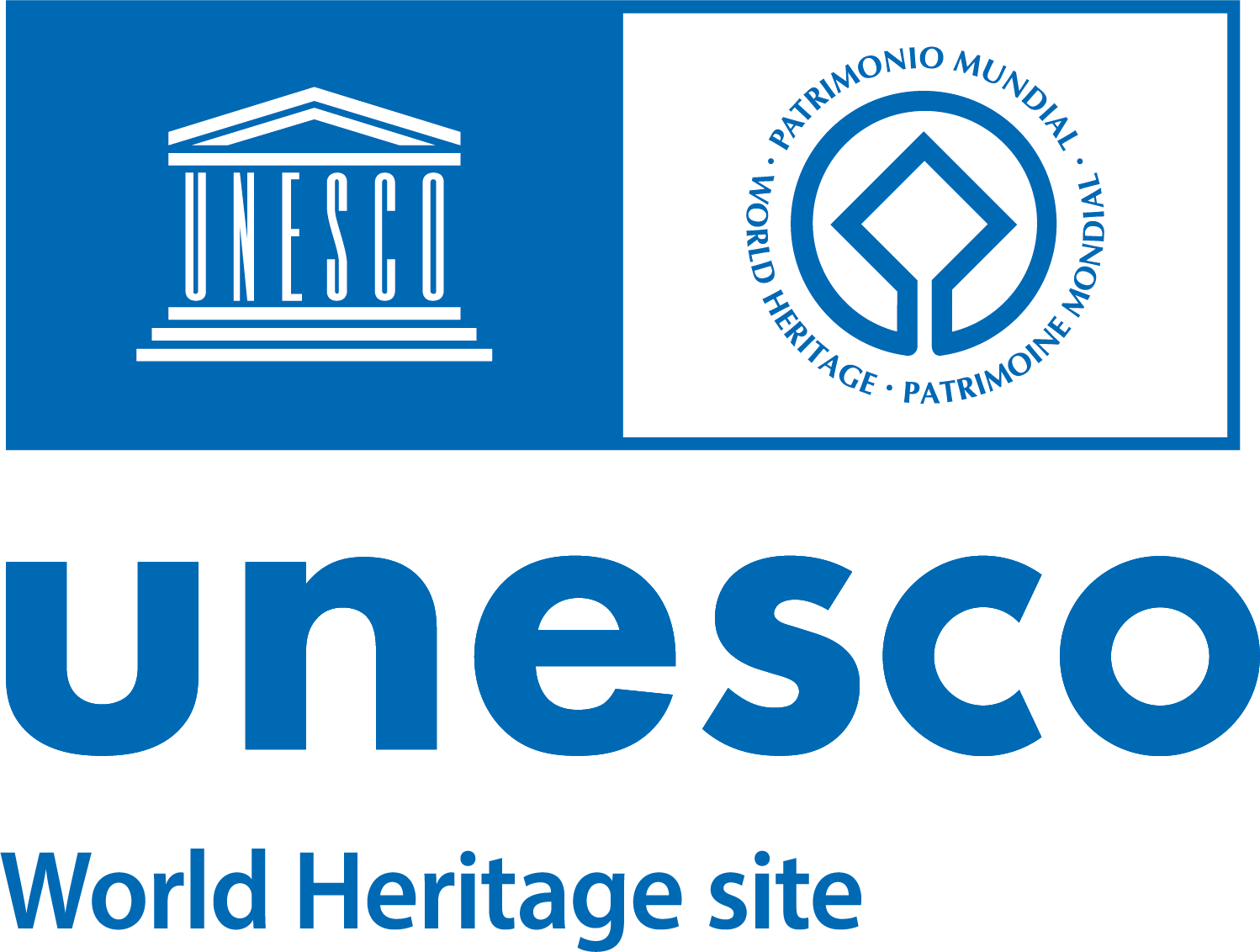The neighbourhood behind Porta Pinciana owes its name to the 17th-century villa built by Cardinal Ludovico Ludovisi (nephew of Pope Gregory XV) close to the Aurelian Wall. The villa had stately buildings, a lush garden, a valuable archaeological and artistic collection and was greatly admired by Italian and foreign scholars and travellers.
Between 1885 and 1889, when the property was earmarked for allotment by Prince Rodolfo Boncompagni Ludovisi, there was a great deal of protesting. While the demolition work was in progress, Gabriele D’Annunzio wrote: “The gigantic Ludovisi cypresses, those of the Aurora, the very ones that had one day cast the majesty of their ancient mystery over Goethe’s divine head, lay on the ground […] It seemed as if a barbaric wind were blowing over Rome and threatened to tear away that radiant crown of noble villas which have no equal in the world of memories and poetry” (G. D’ANNUNZIO, Le Vergini delle Rocce, Milan 1896, Chapter I).
Between 1883 and 1885, before the marvellous gardens and buildings disappeared, replaced by the construction of the new capital district of Rome, Ignazio Boncompagni Ludovisi felt the need to document the villa. Passionate about photography, he collected magnificent photos in an album called Villa Ludovisia, preserved in the family archives. About fifty years later, on 21 April 1930, Francesco Boncompagni Ludovisi, Governor of Rome at the time, donated copies of 76 photos to the Museo di Roma, which was inaugurated on the same day. Leafing through the priceless album, one can see the avenues adorned with numerous antique sculptures and fountains, the shady holm oak wood, the Piazzale dei Platani in front of the main building known as the Palazzo Grande, the Casino dell’Aurora, the splendid secret garden with its large aviary, other residential and service buildings, the monumental entrance gate and the view of the Aurelian walls that formed one of the boundaries of the villa.
The collection of images is an important testimony to the vanished villa, whose only surviving elements are the Casino dell’Aurora and the building incorporated into the American Embassy building. Part of the archaeological collection, sold to the State, is now on exhibit in the Museo Nazionale Romano at Palazzo Altemps, and the sculptural group of the Rape of Proserpine by Gian Lorenzo Bernini can be admired in the Galleria Borghese.





2 I. Boncompagni Ludovisi, Villa Ludovisi. Secret Garden, 1930, silver salts gelatine
3 I. Boncompagni Ludovisi, Villa Ludovisi. Group of pine trees near the Aurelian Walls, 1930. silver salts gelatine
4 I. Boncompagni Ludovisi, Villa Ludovisi. Avenues of the Park, 1930, silver salts gelatine
5 I. Boncompagni Ludovisi, Villa Ludovisi. The Casino dell’Aurora, 1930, silver salts gelatine


